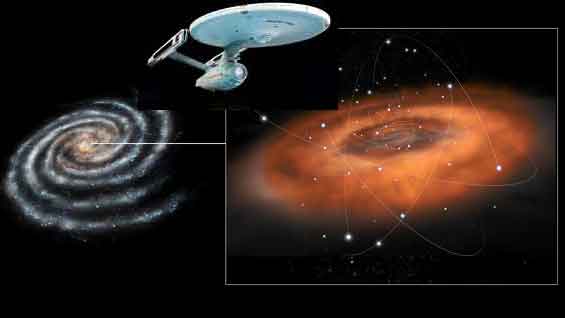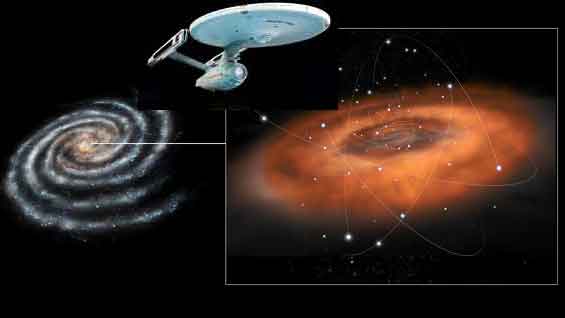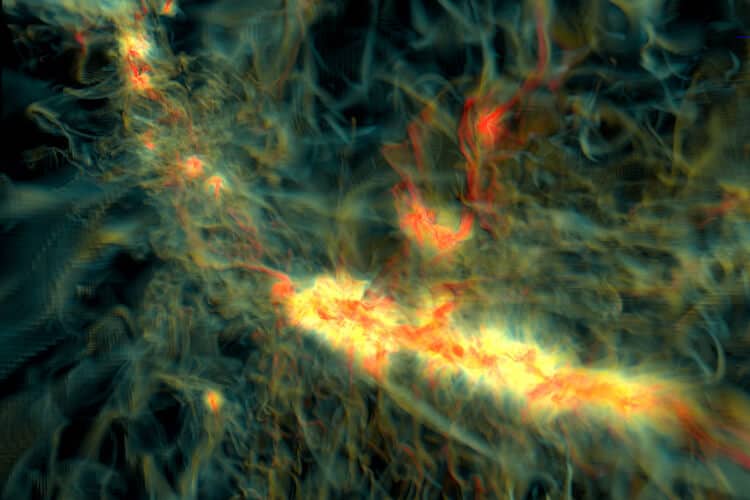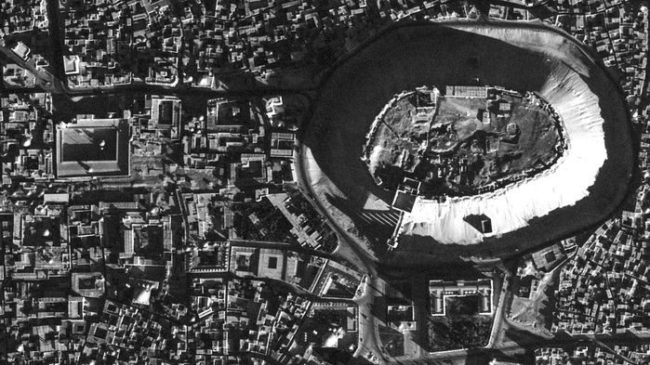Many massive galaxies have a vivid central area referred to as an energetic galactic nucleus (AGN), powered by matter spiraling right into a supermassive black gap. Gasoline clouds in an space across the AGN often called the “broad-line area” emit gentle at attribute wavelengths, however the complexity and variability of those emissions has been a longstanding puzzle for astrophysicists.
A brand new evaluation by researchers at UC Santa Cruz, published June 14 in Monthly Notices of the Royal Astronomical Society, explains these and different puzzling options of energetic galactic nuclei as the results of small clouds of mud that may partially obscure the innermost areas of AGNs.
“We’ve proven that quite a lot of mysterious properties of energetic galactic nuclei will be defined by these small dusty clouds inflicting modifications in what we see,” stated first creator Martin Gaskell, a analysis affiliate in astronomy and astrophysics at UC Santa Cruz.
The findings have necessary implications as a result of researchers use the optical emissions from the broad-line area to make inferences concerning the habits of the gases within the interior areas round a supermassive black gap.
“The emission from this gasoline is without doubt one of the finest sources of details about the mass of a black gap and the way it’s rising. Nevertheless, the character of this gasoline is poorly understood,” Gaskell stated.
Coauthor Peter Harrington, a UCSC graduate pupil who started work on the challenge as an undergraduate, defined that gasoline spiraling towards a galaxy’s central black gap varieties a flat accretion disk, and the superheated gasoline within the accretion disk emits intense thermal radiation. A few of that gentle is “reprocessed” (absorbed and re-emitted) by hydrogen and different gases swirling above and beneath the accretion disk within the broad-line area. Above and past it is a area of mud.

“As soon as the mud crosses a sure threshold it’s subjected to the sturdy radiation from the accretion disk,” stated Harrington. “This radiation is so intense that it blows the mud away from the disk, leading to a clumpy outflow of mud clouds beginning on the outer fringe of the broad-line area.”
The impact of the mud clouds on the sunshine emitted is to make the sunshine coming from behind them look fainter and redder, simply as Earth’s ambiance makes the solar look fainter and redder at sundown. Of their paper, Gaskell and Harrington current a number of traces of observational proof supporting the existence of such mud clouds within the interior areas of energetic galactic nuclei. They developed a pc code to mannequin the consequences of mud clouds on observations of the broad-line area.
“We’ve written the code so we are able to modify parameters just like the distribution of gasoline within the broad-line area, how briskly it’s transferring, and the orientation of the system, after which we are able to introduce mud clouds and see how they have an effect on the emission-line profiles,” Harrington stated.
The outcomes present that by together with mud clouds of their mannequin, it could replicate many options of emission from the broad-line area which have lengthy puzzled astrophysicists. Relatively than the gasoline having a altering, asymmetrical distribution that’s laborious to elucidate, the gasoline is solely in a uniform, symmetric, turbulent disk across the black gap. The obvious asymmetries and modifications are as a result of mud clouds passing in entrance of the broad-line area and making the areas behind them look fainter and redder.
“We predict it’s a way more pure rationalization of the asymmetries and modifications than different extra unique theories, resembling binary black holes, which were invoked to elucidate them,” Gaskell stated. “Our rationalization lets us retain the simplicity of the usual AGN mannequin of matter spiraling onto a single black gap.”




